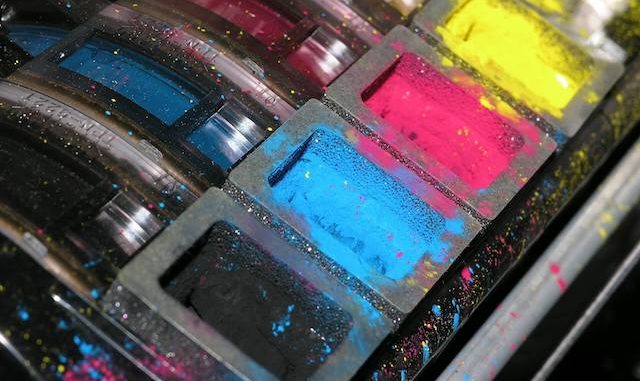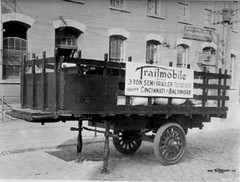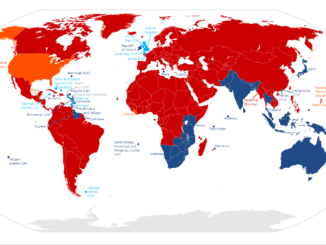
In comparison to printing in general, the history of digital is comparatively shorter. It was back in 1439, when German businessman Johannes Gutenberg created a printing press that started the mass production of books. But it was early 1990’s when the very first digital full colour printing presses hit the market. In 1993, digital printing was first introduced and the history of the printing industry will never be the same again. The digital printer was the first mainstream printer that would produce cost effective short run printing.
In the year 1993 the very first digital color printing press was inaugurated. It was named Indigo. In no time, it brought a big transformation in the world of press and printing. People were able to select customized high quality prints right from the desktop. or even more surprisingly anywhere in the world if your printer is connected to a network.
This name Indigo derives from a company that was formed by Benny Landa in the year 1977 with a view to develop the quickest photocopier in the world. Later on, Benny Landa discovered the fact that the ink used in the photocopier, also known as ElectroInk, can also be used in the printers. ElectroInk makes use of mini color particles poised inside imaging oil known as Isopar which can be either attracted or repelled. On a paper surface, this ink creates a thin & smooth plastic coating.
After the launch of Indigo, the printing market went on to grow on a steady pace& in the year 2010 market for the digital printing was valued to be worth $85.2bn. In 2000 HP made a $100m investment in Indigo, buying 14.8 million of Indigo’s common shares. On September 6, 2001 HP announced that it will acquire the remaining outstanding shares of Indigo
The principal difference between conventional printing methods and digital printing methods like lithography is the fact that in digital printing does not use conventional printing plates. As a result, the printing process becomes quicker, cleaner and lot less expensive. Of the available digital printing methods, laser printing and inkjet printing are the most commonly used ones.
In order to work with digital printing, first of all one need to put the digital image into a computer. The image must be transferrable to different surfaces such as paper stock, vinyl etc. Digital printing makes use of dry ink printers like as the thermal printers.
Proudly WWW.PONIREVO.COM



